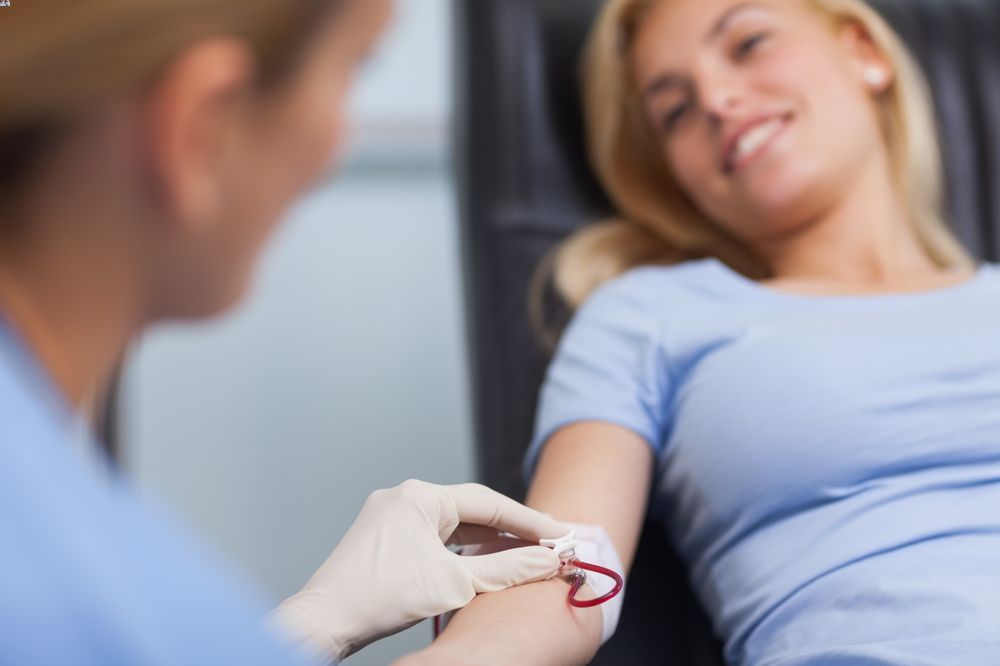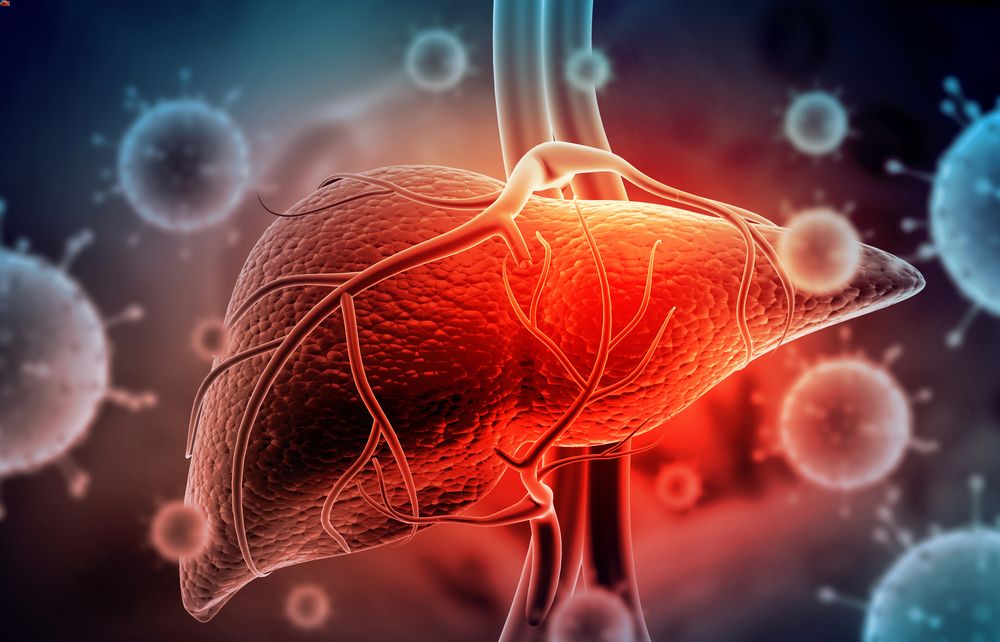
Ojo seco inflamado
DHA TRIGLYCERIDE AND ATTENTION DEFICIT HYPERACTIVITY DISORDER
Effects of DHA triglyceride supplementation in children being diagnosed of attention deficit hyperactivity disorder (ADHD).
- 1- At the Faculty of Psychology of Oviedo, a clinical study has been carried out with 95 boys and girls, from 6 to 18 years old with a diagnosis of ADHD (DSM-5) of any subtype, with or without treatment based on psychostimulants, at double-blind, and placebo-controlled, with a follow-up of 6 months. The experimental group was given a food for special medical purposes based on 1 or 2 g/day of DHA triglyceride, depending on the child’s body weight. Selective attention was evaluated by using the d2 test and sustained attentio by using the AULA Nesplora test, as well as measures based on behavior observation using the EDAH scales and the Conners scale for parents, comparing the baseline situation with the final situation at 6 months. Pharmacological treatment had no effect on the analyzed test variables. The magnitude of the intragroup differences in the variables of the d2 test and the AULA Nesplora test were greater in the DHA group than in the Placebo group, but the intergroup differences were not significant. In the behavioral variables, significant differences were observed in terms of attention deficit, and in terms of attention deficit hyperactivity, and in the Conners scale there were significant intra-group differences, but not inter-group, although in the DHA group ADHD symptoms decreased, while in the placebo group symptoms worsened. The magnitude of intragroup improvements in cognitive variables and intergroup differences in behavioral variables support the benefit of supplementation. The results indicate that dietary supplementation can be an effective non-pharmacological complementary strategy in children and adolescents affected by ADHD.– Celestino Rodríguez, et al; Supplementation with High Content Docosahexaenoic Acid Triglyceride in Attention Deficit Hyperactivity Disorder: A Randomized Double-Blind Placebo-Controlled Trial; Neuropsychiatric Disease and Treatment 2019; 15: 1193-1209
Read original studies

Ojo seco inflamado
DHA IN BREAST MILK AND PREMATURITY
Comparison of the levels of DHA present in own breast milk and in donor milk (milk bank) of children born prematurely.
- 1- Using gas chromatography and mass spectrometry, milk samples from 118 mothers of children born prematurely with less than 32 weeks of gestational age, at different stages of the lactation period, have been analyzed. 10 samples from donors (milk bank) have also been analyzed. The study shows that colostrum milk from the first week is the one that achieves the highest levels of DHA (0.66%) of the total fatty acids present in it, while as the milk matures: transition milk from the first 2 weeks (0.50%) and mature milk until the fourth week (0.50%), the levels of DHA are reduced, reaching levels close to what is considered a sub-optimal level (<(<0.4% of the total fatty acids present) beyond 4 weeks after starting lactation (0.49%). The levels detected in donor milk (from milk bank) are significantly lower (0.31%), which means 53% less presence of DHA than in the mother’s own colostrum. This indicates that the use of pasteurized donor milk exclusively or in combination with breastfeeding provides inadequate levels of DHA in infants born preterm. It also suggests that donor bank milk should be fortified with an additional amount of DHA to ensure adequate supply to these premature infants. It becomes clear that lactating mothers should increase their intake of DHA, either through the consumption of fish or DHA-fortified supplements.– Félix Castillo, et al; Inadequate Content of Docosahexaenoic Acid (DHA) of Donor Human Milk for Feeding Preterm Infants: A Comparison with Mother’s Own Milk at Different Stages of Lactation, Nutrients 2021, 13, 1300.
Read original studies - 2- Erythrocyte Membrane Docosahexaenoic Acid (DHA) and Lipid Profile in Preterm Infants at Birth and Over the First Month of Life: A Comparative Study with Infants at Term– Félix Castillo Salinas, Alicia Montaner Ramón, Félix-Joel Castillo Ferrer, Adrià Domingo-Carnice, Begoña Cordobilla, Joan Carles Domingo.
Read original studies

Ojo seco inflamado
DHA TRIGLYCERIDE AND FERTILITY
We have studied the antioxidant effects of DHA triglyceride on the oxidative fragmentation of sperm DNA and in the seminal fluid of male patients with conceiving difficulties.
- 1- TG-DHA-TG supplementation administered to 54 patients showing an abnormal percentage of about 27% of sperm DNA fragmentation due to oxidative stress. This is measured by fluorescence deoxygenated UTP terminal labeling assay nucleotidyl-transferase (TUNEL technique) to compare the final with the basal situation; a significant reduction in the fragmentation rate down to levels considered normal in young subjects (<<10%) is observed after 10 weeks of administration of 1g/day of TG-DHA; it also significantly improved the antioxidant status of seminal fluid, compared with placebo-controlled patients.– Juan Carlos Martinez-Soto, et al; Dietary supplementation with docosahexaenoic acid (DHA) improves seminal antioxidant status and decreases sperm DNA fragmentation; Systems Biology in Reproductive Medicine, 62 (6):387-395.
Read original studies

Ojo seco inflamado
DHA TRIGLYCERIDE IN EXERCISE AND SPORTS
The effects of DHA triglyceride supplementation in athletes have been studied to evaluate its influence on antioxidant protection as well as to analyze possible improvements and efficacy during aerobic exercise, as well as on markers of muscle injury in exercise, as well as the variations in complex reaction time during exercise.
- 1- Supplementation of re-esterified DHA-TG exerts a dose-dependent endogenous antioxidant activity against moderate-intensity long-duration aerobic exercise in physically active subjects when provided at least 1050 mg a day for 4 weeks.-Lydia de Salazar, et al; Oxidative Stress in Endurance Cycling Is Reduced Dose-Dependently after One Month of Re-Esterified DHA Supplementation; Antioxidants 2020, 9: 1145.
- 2- Ten weeks of re-esterified DHA-TG supplementation (2.1 g/day) and eicosapentaenoic acid (240 mg/day) promoted lower concentrations of inflammation (IL1 and IL6) and muscle damage markers (CPK and LDH-5), and decreased muscle soreness after exercise in endurance athletes when compared with placebo-controlled athletes.-Domingo J. Ramos-Campo, et al; Supplementation of Re-Esterified Docosahexaenoic and Eicosapentaenoic Acids Reduce Inflammatory and Muscle Damage Markers after Exercise in Endurance Athletes: A Randomized, Controlled Crossover Trial; Nutrients 2020, 12, 719.
- 3-Supplementation with high dose DHA-TG for 3 months was associated with an improvement of aerobic condition in both in cyclists performing competitive physical and in non-competitive. This is relevant because of the potential influence to improve endurance exercise performance.– Francisco J Lopez-Roman, et al; Effect of docosahexaenoic acid supplementation on differences of endurance exercise performance in competitive and non-competitive male cyclists; Gazzetta Medica Italiana-Archivo per la Scienze Mediche 2019 June; 178 (6): 411-6.
- 4- Supplementation of elite female soccer players with DHA-TG for 10 weeks is improving the neuromotor function as the complex reaction time, producing perceptual-motor benefits when comparing with the placebo-controlled players. This is important in sports where decision making, and reaction time efficiency are of importance.-José F. Guzman, et al; DHA- rich fish oil improves complex reaction time in female elite soccer players; Journal of Sports Science and Medicine (2011) 10, 301-305.
- 5- Supplementation with DHA-TG for 30 days in amateur cyclist is improving cycling performance by enhancing mean power output at the anaerobic ventilatory threshold 2, which is synonymous of an improved aerobic efficacy.-Vicente Avila-Gandia, et al; Re-esterified DHA improves ventilatory threshold 2 in competitive amateur cyclists; Journal of the International Society of Sports Nutrition (2020) 17:51.
Read original studies

Ojo seco inflamado
DHA TRIGLYCERIDE IN LIPID METABOLISM
Influence of TG-DHA supplementation on fasting plasma triglyceride levels.
- 1-DHA-TG supplementation to well controlled HIV-infected patients for 12 months is offering a sustained and pronounced significant lowering of the fasting blood triglyceride levels down to between -31% to -56% when compared with placebo-controlled patients.-Pere Domingo, et al; Effects of docosahexanoic acid on metabolic and fat parameters in HIV-infected patients on cART: A randomized, double-blind, placebo-controlled study; Clinical Nutrition 2018; 37(4):1340-47.
- 2-Supplementation with DHA-TG for 6 months is reducing the systemic inflammatory and subcutaneous adipose tissue (SAT) gene expression in well controlled HIV-infected patients without any effect on adipogenesis and mitochondrial-related genes. Its impact on markers of systemic inflammation was restricted to a decrease in the high sensitivity CRP and Arachidonic acid levels.-Pere Domingo, et al; Effects of docosahexanoic acid supplementation on inflammatory and subcutaneous adipose tissue gene expression in HIV-infected patients on combination antiretroviral therapy (cART). A sub-study of a randomized, double-blind, placebo-controlled study; Cytokine 105 (2018) 73–79.
Read original studies

Ojo seco inflamado
DHA TRIGLYCERIDE IN NON-ALCOHOLIC HEPATIC STEATOSIS (NAF D)
Experimental study in rats to evaluate the effects of DHA supplementation in non-alcoholic hepatic steatosis (NAFLD).
- 1-DHA triglyceride supplementation versus placebo administered to two randomized groups, cirrhotic and healthy rats, for two weeks, evidenced: an improvement in the proinflammatory profile of fatty acids in the liver of cirrhotic and non-cirrhotic rats versus placebo-controlled rats of both groups. The administration of DHA significantly corrects the imbalance between ω-6/ω-3, decreasing the ratio both in the healthy and cirrhotic rats; Likewise, a significant improvement in the level of portal pressure is observed in cirrhotic rats, but also a significant reduction in the level of circulating aspartate aminotransferase (AST) in the blood, an improvement in intrahepatic oxidative stress (in hepatocytes), a significant reduction in the circulating cytokines IL-1, IL-10 and IL-6, as well as a significant reduction in the activation markers of hepatic stellate cells of rats, and of human hepatic stellate cells.-Zoe Boyer-Diaz, et al; A Nutraceutical Rich in Docosahexaenoic Acid Improves Portal Hypertension in a Preclinical Model of Advanced Chronic Liver Disease; Nutrients 2019; 11:2358.
Read original studies
DHA IN CHILDHOOD CYSTIC FIBROSIS
- 1-Double-blind, placebo-controlled study on the effects of DHA triglyceride supplementation on the erythrocyte membrane of children affected by Cystic Fibrosis (N=22).It can be seen that after 12 months of follow-up, significant changes occur in the erythrocyte membrane concentration of omega-3 (DHA and EPA) and omega-6 (ARA) polyunsaturated fatty acids, exclusively in favor of the group supplemented with DHA triglyceride, but no significant changes in the placebo group. Prolonged administration of DHA for one year was safe and well tolerated. Administration of a supplement rich in DHA at a dose of 50 mg/kg/day for one year can correct the AA/DHA imbalance of erythrocytes and reduce inflammatory marker fatty acids.-Roser Ayats-Vidal, et al; Changes of Erythrocyte Fatty Acids after Supplementation with Highly Concentrated Docosahexaenoic Acid (DHA) in Pediatric Cystic Fibrosis: A Randomized Double-Blind Controlled Trial; J. Clin. Med. 2023, 12, 3704.
Read original studies Watch video
